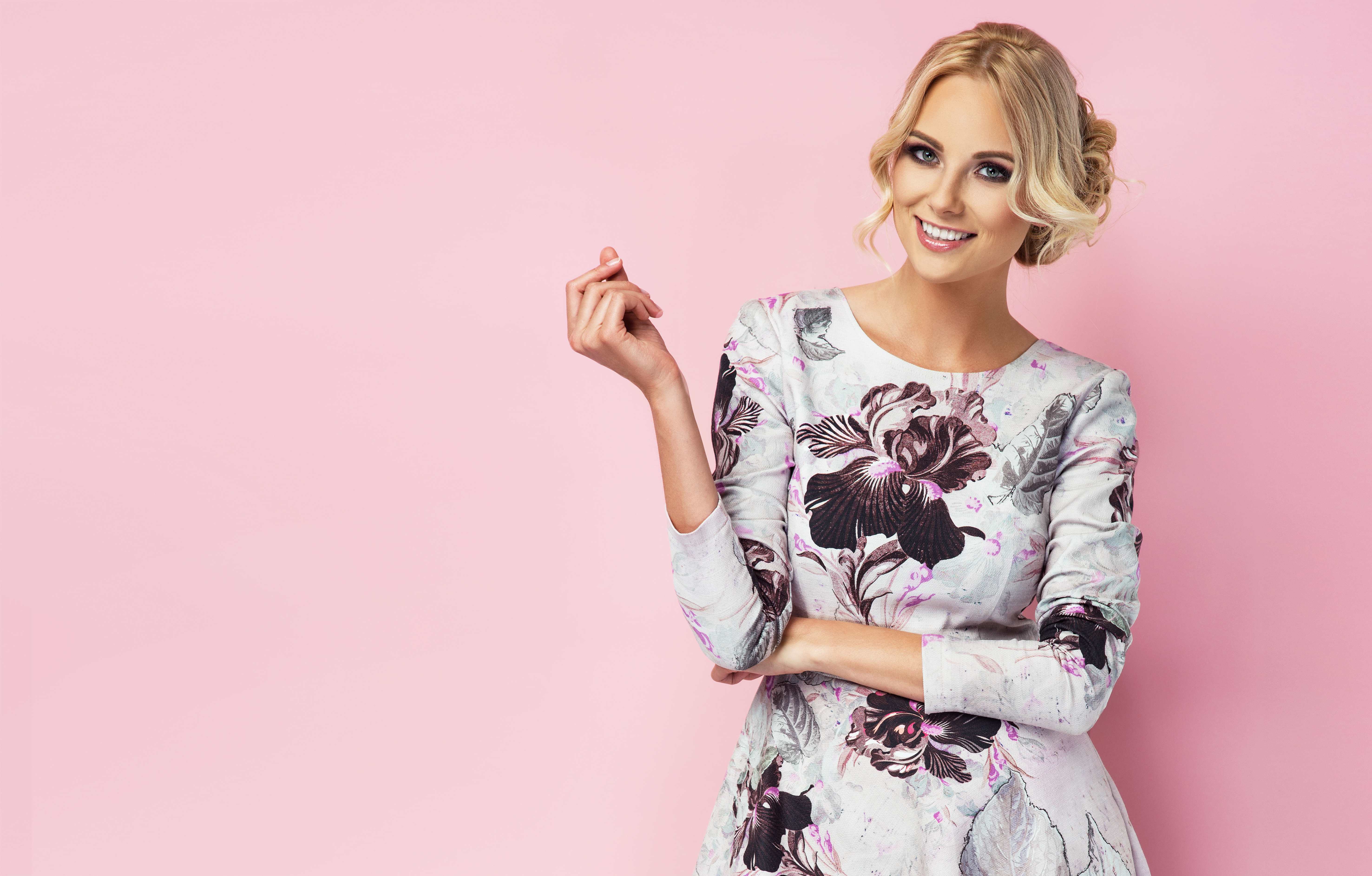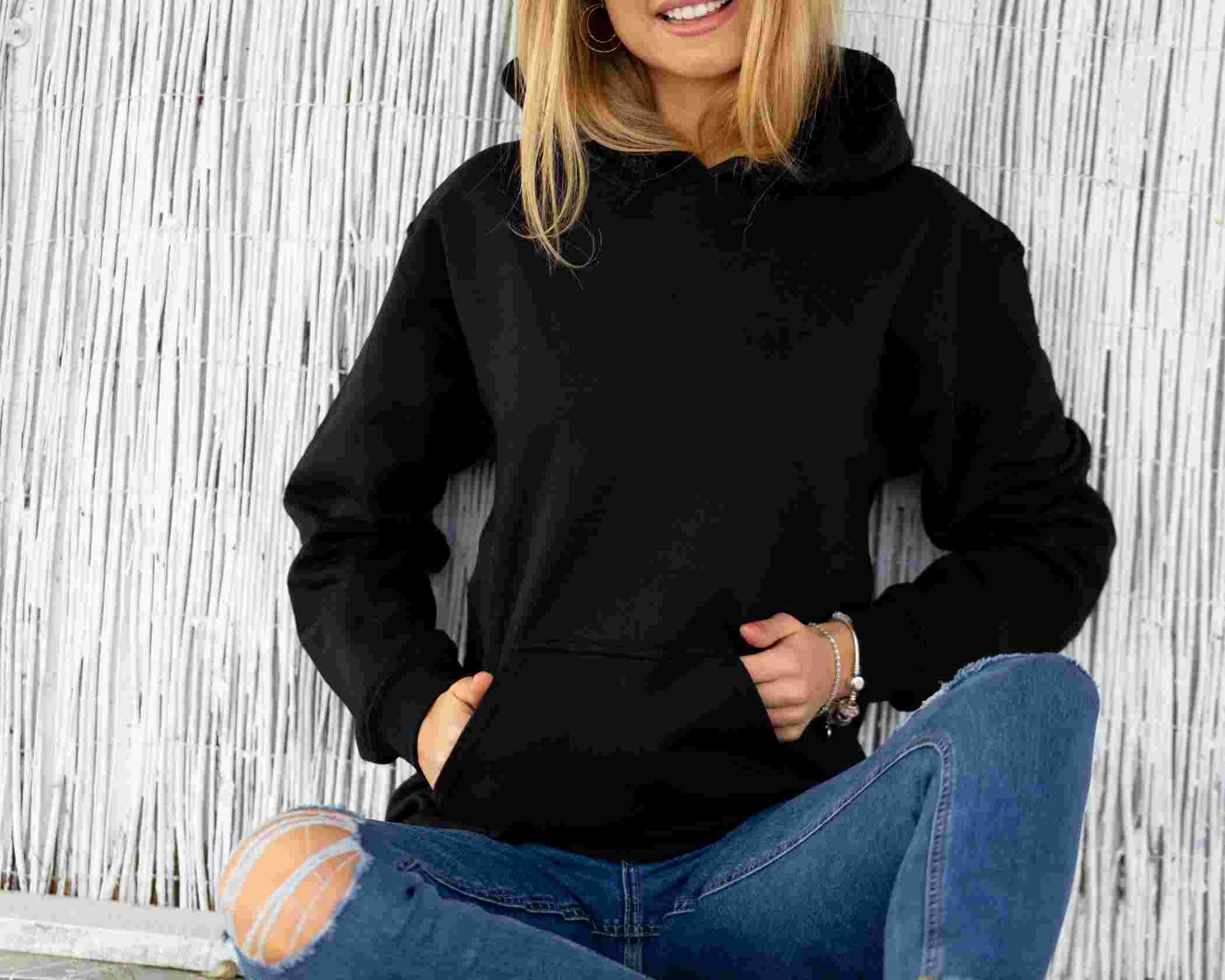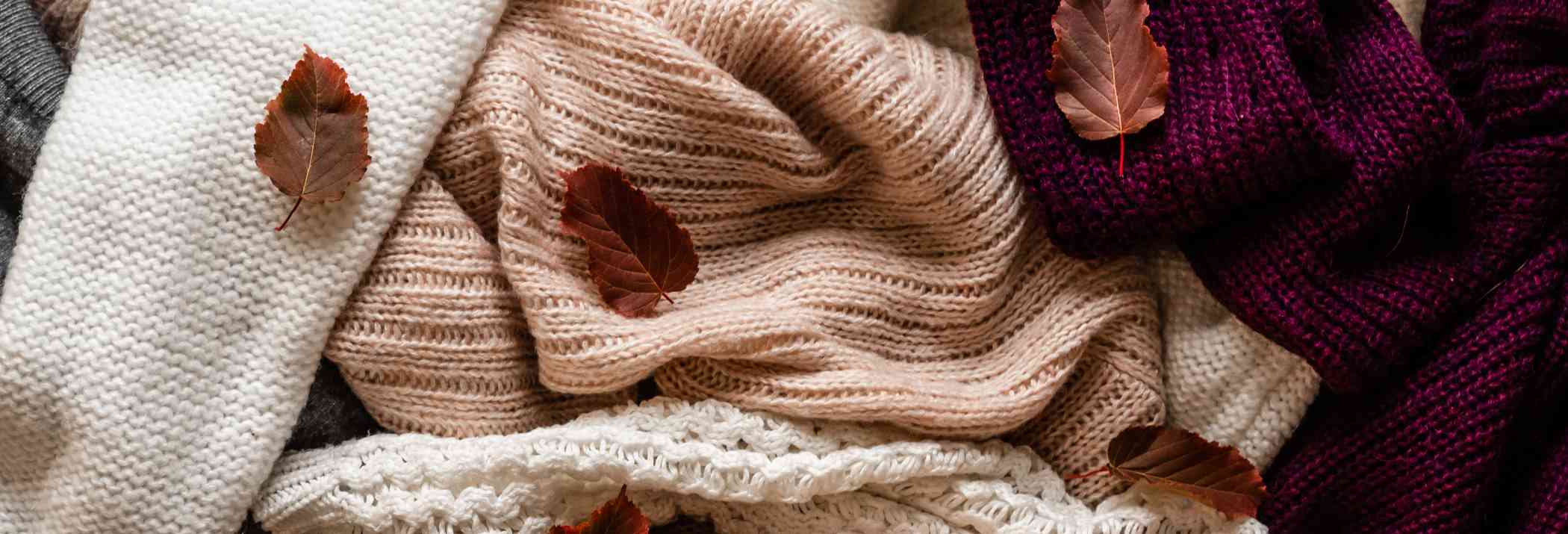Perfecting Smart and Tailored Designs with Shirt Manufacturers

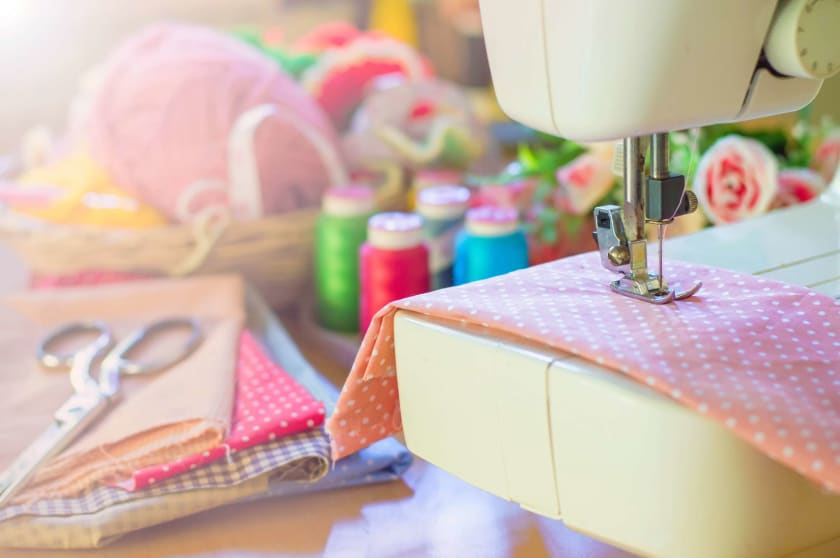

Tailored shirts have a long history in London fashion. London's West End was alive in the nineteenth century with shirt designers and custom tailors. They made unique apparel for some of the city's most influential people, and British clothing was greatly sought worldwide.
As the twentieth century progressed, factory-made clothing gained appeal. The innovation of sewing machines and the entry of highly trained labor into the global market accounted for this. Suddenly, the typical person could buy highly sought-after, tailored apparel.
The reverence for fine tailoring hasn't changed in recent years. Advancements in modern production methods have enabled the constant presence of formal and sophisticated clothing in well-known fashion lines.
Whether you intend to create women's or men's apparel, finding the proper tailor for your shirts is critical. The tailor is responsible for reflecting the ideal appearance and tone of your fashion house in the products. Check out this guide on the factors to consider when designing the perfect shirt.
Learn More About Shirt Fabric
The fabric of the shirt is an important design element. The material used in your designs may influence how people judge the brand's quality. Even the most elegantly made shirt can sometimes be hampered by low-quality material, so don't skimp on the fabric.
Choosing appropriate high-quality textiles is critical for premium businesses. You want to build a reputation for producing high-quality clothing for the upper end of the market.
Natural fibers, undoubtedly, are the most delicate textiles to utilize in shirt production. Cotton is the most frequently used fabric. However, Tencel, wool, and linen are also viable options. These materials produce the most delicate yarns for shirt production.
However, natural materials provide a slew of other advantages, including:
- Sweat-resistant
- Breathability
- Comfortable
- Soft
- Lightweight
First, Let's Investigate the Fabric Terminologies!
When natural fibers are twisted into yarn, a single-ply fabric is formed. Though this method can be used when creating your fashion line, 2-ply materials improve quality.
Let's Start with Iron-Free Shirts
Because of today's hectic lifestyle, 'iron-free' or 'no iron' shirts have grown in popularity. However, this type of shirt is unlikely to be truly 'iron-free,' although ironing will definitely be easier.
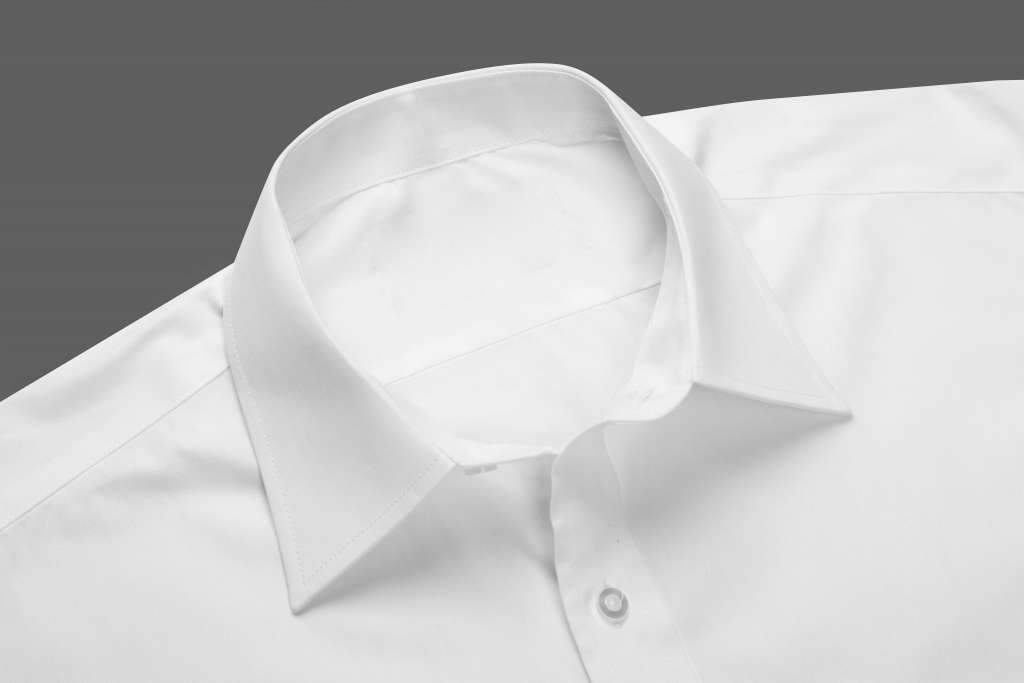
The iron-free characteristic significantly impacts the material's sturdiness. Chemical processing is necessary for iron-free clothing. The method deteriorates the fabric's texture and gives it a sheen. However, the strength of the fabric is impacted by the powerful substances used.
Now, Let's Move On to Yarn's Super Number
A yarn's circumference is denoted by its super number. It is frequently misunderstood in terms of fabric density. Simply put, it means the material's fineness; the number increases as the yarn becomes thinner.
Super 100s, for instance, are defined as dimensions smaller than 18.5 microns. In contrast, 13.5 microns is regarded as Super 150s, and so forth. This is because smaller strands make the fabric more flexible. Hence, the higher the Super number, the better the fabric.
If your designs call for higher Super material, you will require an efficient manufacturing company. In turn, this may increase the manufacturing cost. More delicate strands, on the other hand, drape more smoothly and elegantly over the torso.
Oops... Almost Forgot: What Is a 2-Ply Fabric?
A 2-ply fabric is made by spinning two different yarns into one strand. This prevents the product from accumulating and improves its condition. In textile manufacturing, it is also known as the 'warp' and 'weft.'
Explore the Elements Involved in a Shirts' Construction
The perfect shirt is the result of many different elements. You must prepare a technology bundle to share your needs with the facility to start production.
The following features of shirt production must be identified in the technology bundle/pack:
Start with the Collar, the Most Remarkable Shirt Design Aspect
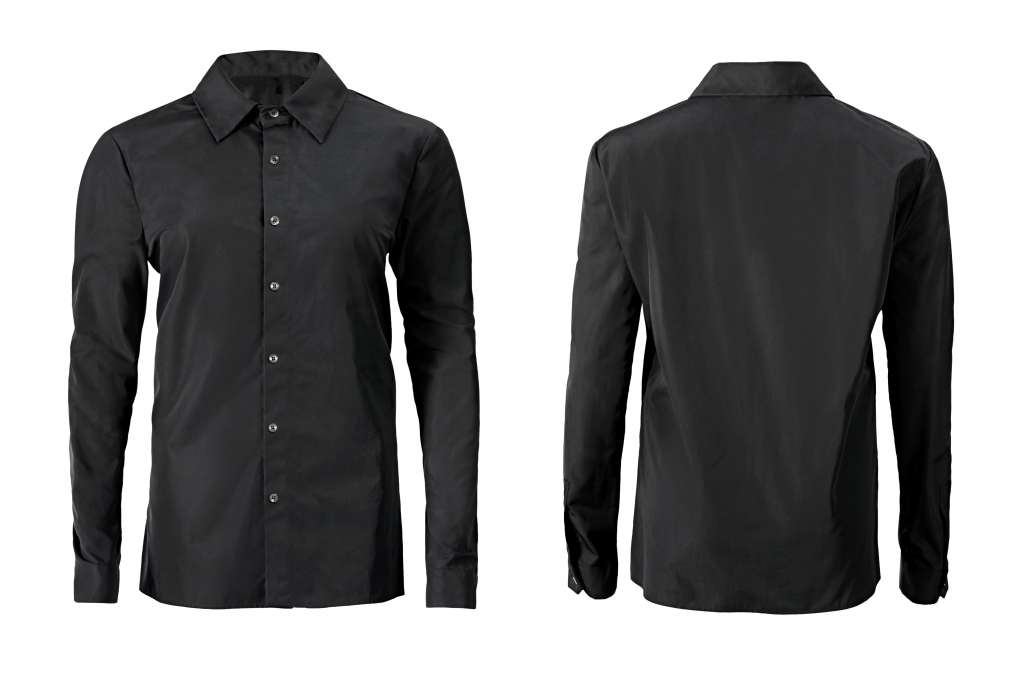
We all know that the right size and form are essential for the consumer. But equally important to creating the perfect look is the structure. Typically, collars have two or more layers of fabric with interlining in between. Thus, there are two ways to fuse the layers.
→ Non-Fused Collar:
The strands are stitched together to form this fusing procedure. This method is more costly, but it produces a high-quality finish. In addition, the interlining material densities provide the required appearance and rigidity of the collar.
→ Fused Collar:
Fusing or integrating the layers of material for collars is a common and less expensive solution for clothing manufacturers. This method includes bonding the material layers together to create a rigid and sharp finish. This is the better alternative if you desire an elevated finish for formal clothes. Nevertheless, your shirts' texture may appear inferior if the fusing is not done properly.
Sleeves Are Also a Key Aspect
The sleeves of your shirt also play a big part in its final appearance. Therefore, it's crucial to ensure they hang correctly. How the sleeves are sewn to the overall shirt is another essential factor. Often, the tailor chooses how to make and attach the sleeves based on the budget. Hence, ensure you provide them with the exact requirements for your design.
Yoke - The Shirt's "Backbone"
The yoke, a substantial piece of cloth, is used to design and create the shirt's back, from the shoulders to the neck.
The pattern match and stitching must be considered for this portion, as it influences the shirt's quality and appearance. Split yokes are frequently utilized in elevated and deluxe garment lines rather than a single piece of fabric.
Discover Stitching
Another indicator of a shirt's quality and longevity is the garment's embroidered parts. Hence, during this procedure, the stitch thickness and uniformity must be checked.
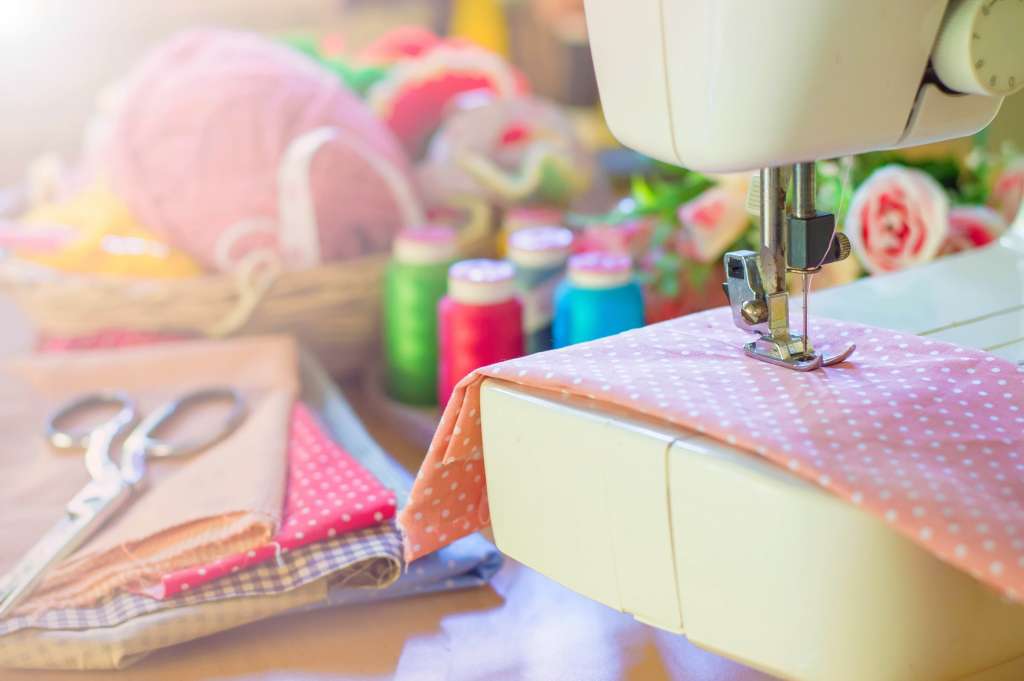
The usual stitch width for most traditional designs is 8mm. Nevertheless, 1mm or 2mm needlework could provide an elevated aesthetic for formal attire.
It is recommended for densely spun cloth to have highly dense stitches for longevity. However, harmonizing the cuff and collar stitching results in a high-quality finish.
Get Some Insights on Matching Patterns
When making patterned shirts, coordinating the style and design is essential. The way patterns overlap on rivets may demonstrate your focus on detail and craftsmanship.
When matching patterns, specific factors must be considered. These factors should be highlighted in the technology bundle. For instance:
- Split yoke with pockets
- Fabric from shoulder to sleeve
A Little Something about Buttonholes
Buttonholes may seem like a minor aspect. However, poor buttonhole construction may result in frayed edges and varying size perforations on the shirt design. Buttonholes must be trimmed before sewn to ensure a long-lasting and spotless finish.
The strategy of stitching first and trimming later is widely used in lower-cost manufacturing. However, this method may lead to machine-cut holes of lesser quality.
Ending Note
After you've considered these aspects and created a tech pack for your designs, it's time to find a pattern maker and clothing manufacturing service to craft your designs.

If you're looking to start production and find suitable shirt manufacturers for your business, then connect with Fashinza.
Keep reading our blogs to stay updated about the fashion industry.















